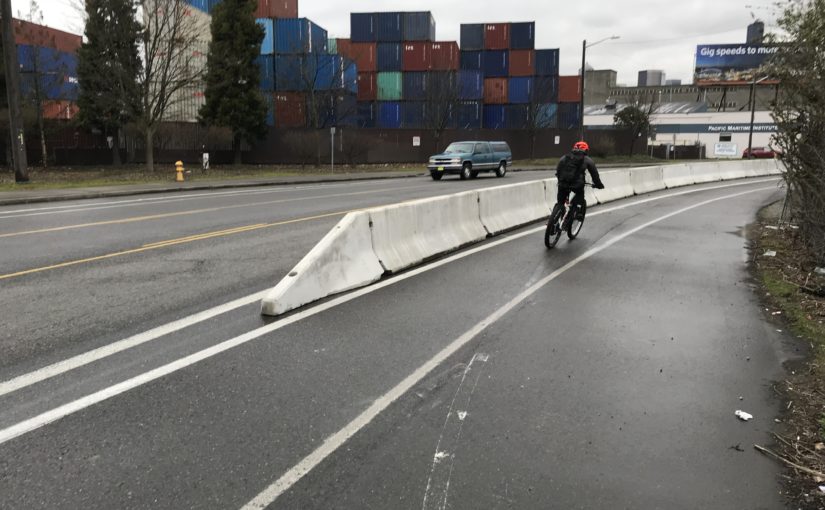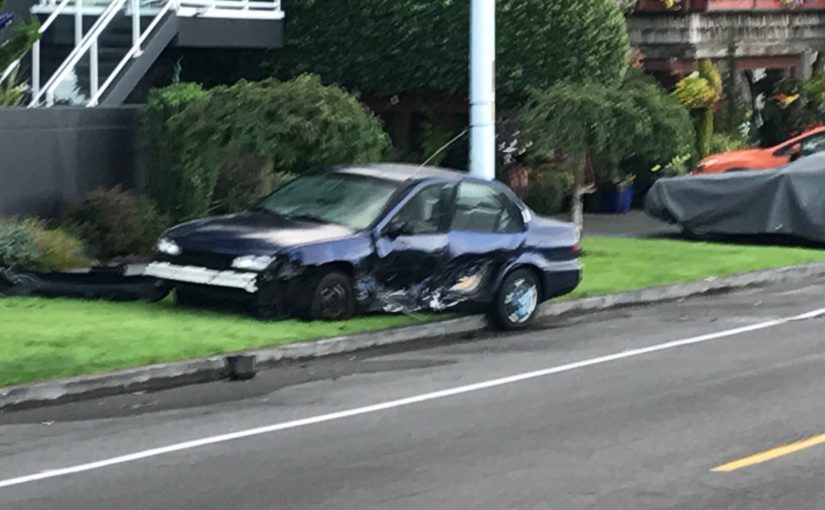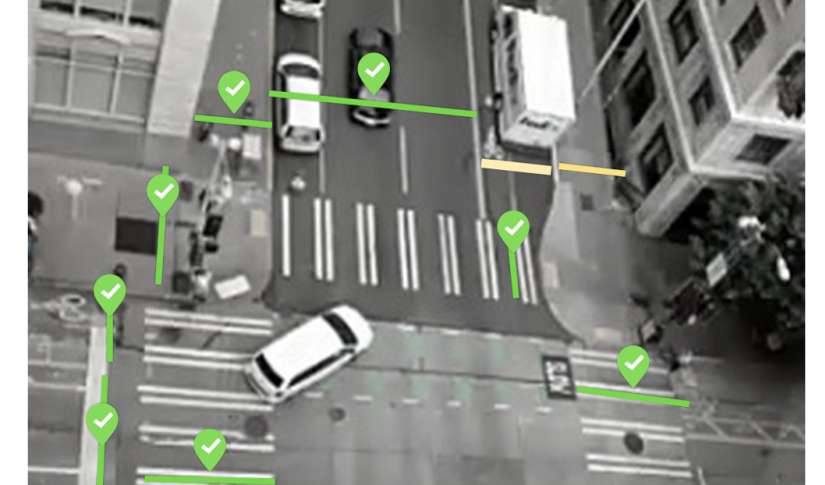Category: Washington Bike Law
-
The People Way
The #BikeTrain has started @CMReynoso34 @TransAlt New option to address upcoming L train shutdown pic.twitter.com/4HGemDK0Px — Madina Toure (@madinatoure) April 12, 2018 A lot of #BikeNYC commuters, when you ask, will tell you that they first started cycling during large-scale disruptions to the city’s subway system – the transit strikes of 1980 and 2005, the…
-
Let’s #ConnectSeattle!
Lots of other people noticed the small section of truly physically protected bike lane south of downtown I recently pointed out on my Twitter. Even my little Twitter account got 65 ♥! Here’s the deal, though, this section is still REALLY SCARY. Here’s the area just south of these Jersey Barriers (and hey, there’s even…
-

Happy Monday After a Good Weekend of Bikecitement
Washington Bike Law was the Title Sponsor of Bike Works‘ Annual Fundraising Dinner on Sunday. I’m pretty sure that we weren’t the only ones who had a good time, but we did have a good time… and for a great cause. If you don’t know about Bike Works, check it out! And even if you…
-
TV is the Thing This Year… Handle With Care
Let’s start this post with a soundtrack… So, what does this song have to do with bikes? What does this look like to you? Apparently Tee Vee is STILL the thing here in the USA. I learned from Bicycling Magazine (which basically lifted a CNN report) that Dutch bicycle manufacturer Vanmoof figured out how to…
-

Focus on Driving
This morning on my ride to work I noticed a smashed up car pushed off the road along Alki Avenue. Someone had to be driving pretty fast to push a car off the road (or be pushed). As my Nordic-American people say, it could have been worse. In fact, here’s a sign to show how…
-

Eye in the Sky
Washington Bike Law is helping a new company called Placemeter get accurate traffic counts that can not only specify bikes, people, cars, buses, but track their speeds and directions as well. It can even count crashes and close-calls. Today’s new technology post has a soundtrack… from 1982 (it sounds better than I remember and seems…
-
The Sound of Freedom… on a Bike
In honor of MLK Day I planned to post this video illustrating what I think might be called “The Sound of Freedom”: Some people in Washington think that this is the Sound of Freedom: The purpose of this post is not to debate military issues. Instead, as a different King once asked us, “can we…
-
Bikes, Skateboards and Ramps… Oh My!
Recently, I noticed a cement ramp added overnight to a bridge support column for the West Seattle Bridge along the bicycle and pedestrian path. I suspected that it might be a gorilla skate ramp and, when another skate park item was cemented into the path a week or two later, I was sure of it.…
-

New Infrastructure Protects Drivers Who Speed into Bike Lanes
Yesterday I attended the Grand Opening of the new South Park Bridge. South Park is a neighborhood in Seattle on the other side of the Duwamish River from Georgetown. I lived there for almost 14 years and know how important this link is to the community. I was happy to see the bridge finally open.…
-
There’s No War on Cars; Bicyclists Help Drivers!
The tired rhetoric of a “war on cars” has yet to be retired. Recently, an on-line commenter said this: to this sad new item: Instead of using inflammatory rhetoric or vehicles as weapons, people who drive and people who ride should both try to actually help each other out. How do we do that? It’s…